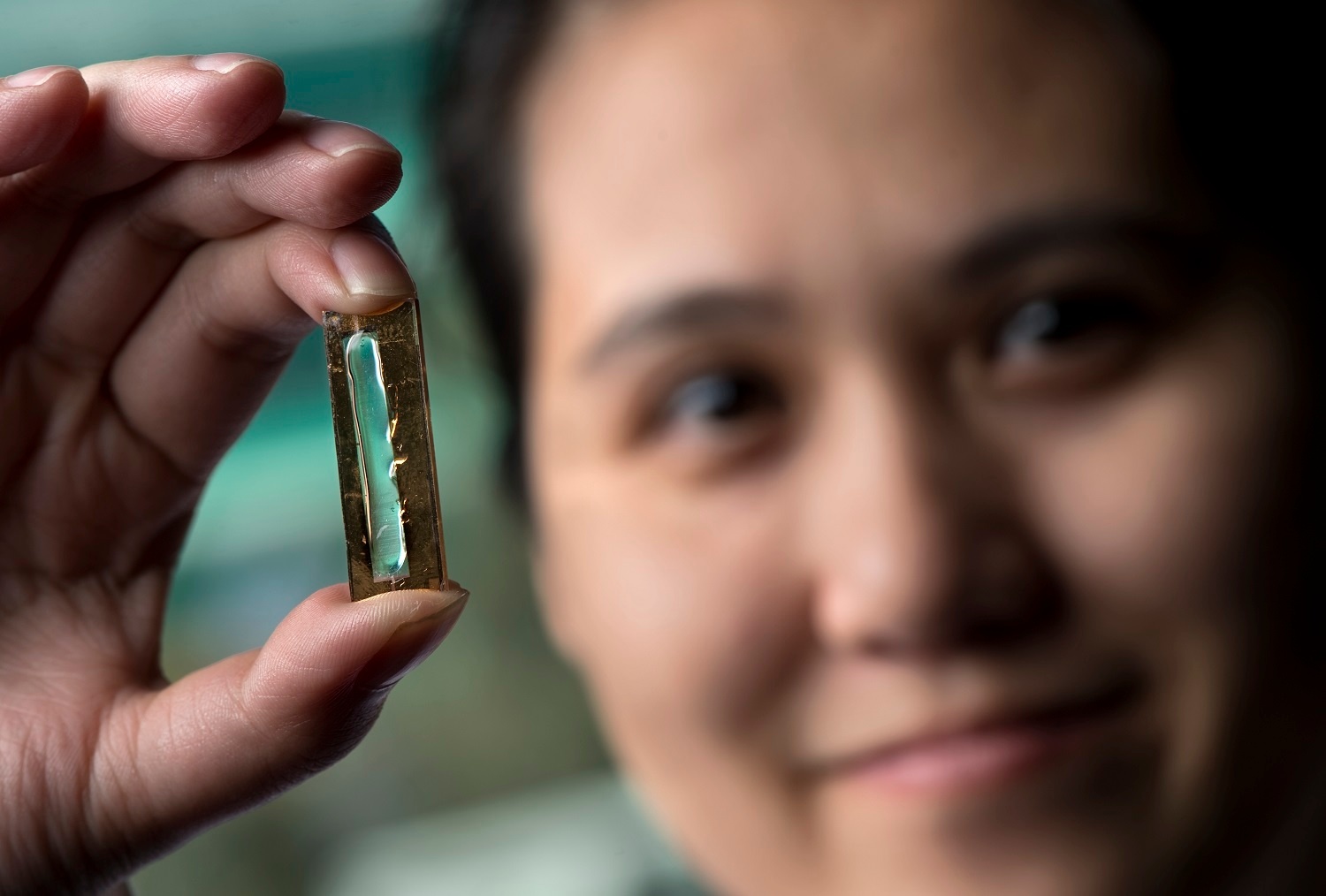 Scientists at the University of California, Irvine stumbled upon a new discovery that allows them to create a nanowire-infused battery that can be recharged hundreds of thousands of times without breaking down. This innovation paves the way toward greatly improved battery lifespans for computers, smartphones, appliances, cars and spacecraft. Eventually, a similar nanowire-infused structure could create a battery that lasts a lifetime.
Scientists at the University of California, Irvine stumbled upon a new discovery that allows them to create a nanowire-infused battery that can be recharged hundreds of thousands of times without breaking down. This innovation paves the way toward greatly improved battery lifespans for computers, smartphones, appliances, cars and spacecraft. Eventually, a similar nanowire-infused structure could create a battery that lasts a lifetime.
Nanowires are excellent electrical conductors, thousands of times thinner than a human hair, and they have a large surface area for energy storage and electron transfer. The opportunity to build extremely long-lasting batteries using nanowires opens the floodgates to different portable power solutions—especially in space, where capacity, weight, size and longevity are crucial considerations.
However, the qualities that make nanowires attractive battery components are also these filaments’ greatest weakness. Nanowire thinness and hyper-conductivity make them incredibly fragile and prone to breaking down after repeated charge and discharge cycles. When this happens the wires tend to expand, warp and crack.
UCI researchers, led by doctoral candidate Mya Le Thai, have possibly solved this problem by covering a gold nanowire in a manganese dioxide shell and encasing the assembly in an electrolyte composed from a Plexiglas-like gel, according to a press release.
The results showed the nanowire structure withstanding an astonishing 200,000 electrode cycles over three months without showing any loss of capacity or power and without fracturing, the release states.
Common nanowire battery structures typically break down and cease working after 5,000 or 6,000 cycles in laboratory tests.
“Mya was playing around, and she coated this whole thing with a very thin gel layer and started to cycle it,” said Reginald Penner, chair of UCI’s chemistry department and a lead author on the paper. “She discovered that just by using this gel, she could cycle it hundreds of thousands of times without losing any capacity.”
The UCI team’s hypothesis is the gel covers the nanowires, binding them together and providing flexibility and resilience to prevent cracking.
“The coated electrode holds its shape much better, making it a more reliable option,” Thai said in the release. “This research proves that a nanowire-based battery electrode can have a long lifetime and that we can make these kinds of batteries a reality.”
While this discovery is remarkable and can eventually lead toward impressive gains in consumer and industrial batteries, further experiments with an actual battery will be necessary first. The UCI team’s initial experiments didn’t use a true battery because the set up lacked an anode. Instead, the researchers linked together two cathodes with an alternate charge to create a continuous charge cycle, according to a Popular Science article covering the research.
Cost is another downside of this prototype, especially compared to lithium ion or lead acid batteries. Because the nanowires are coated in gold, even though its’ a small amount of gold, the cost is immense compared to conventional batteries. PopSci reports Penner saying a more common metal like nickel can replace the gold if the technology catches on.
If you’re in need of an excellent, affordable power solution now rather than years in the future, then get in touch with us to learn more about how RELiON’s lithium-ion technology can revitalize your energy needs
The UCI findings were published in the American Chemical Society’s Energy Letters in April.
Information for this report was provided by the University of California, Irvine.